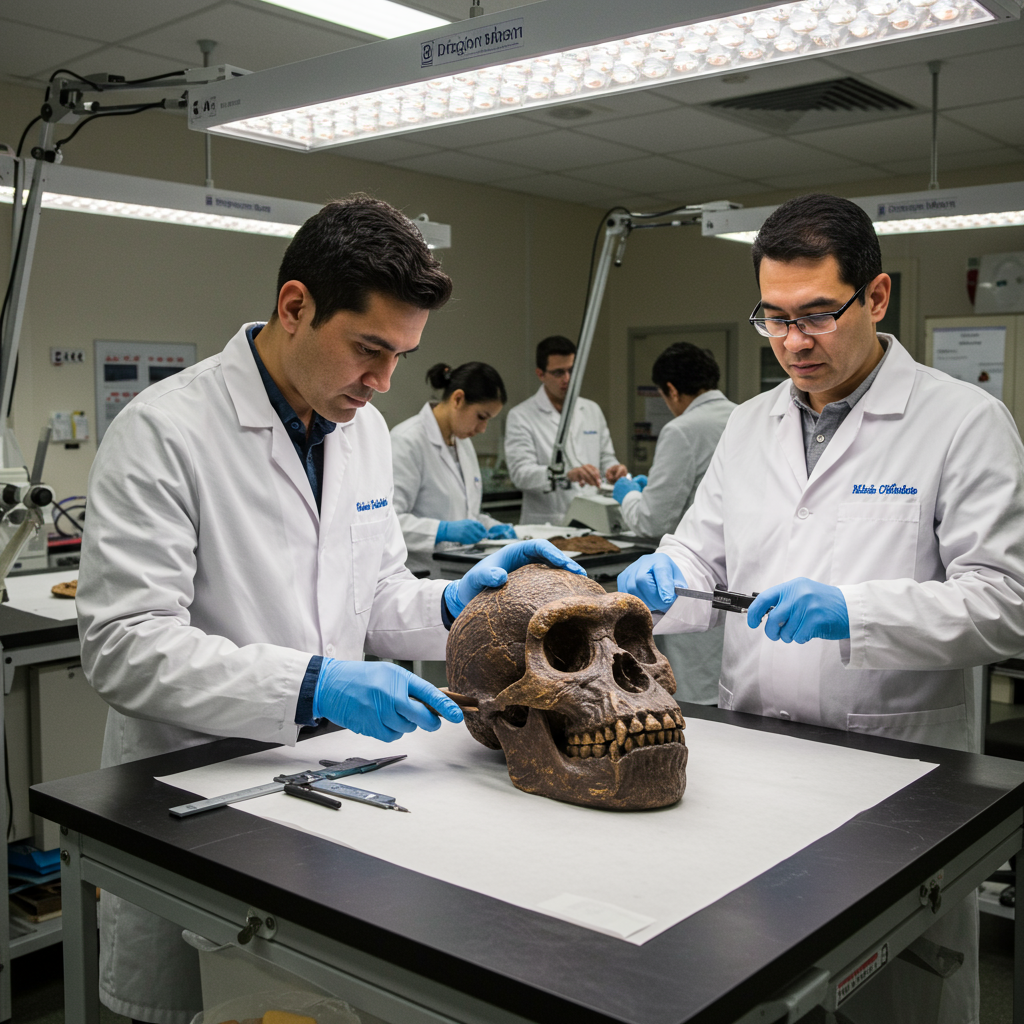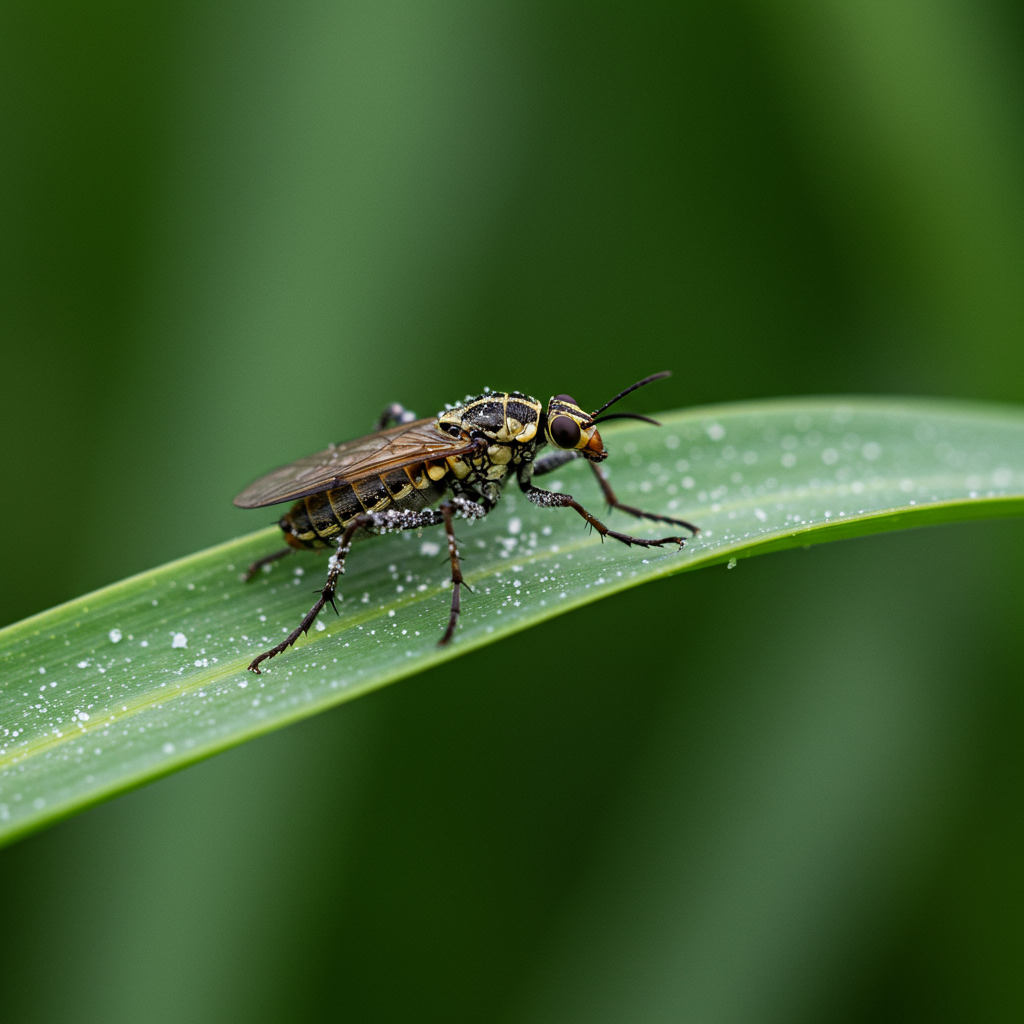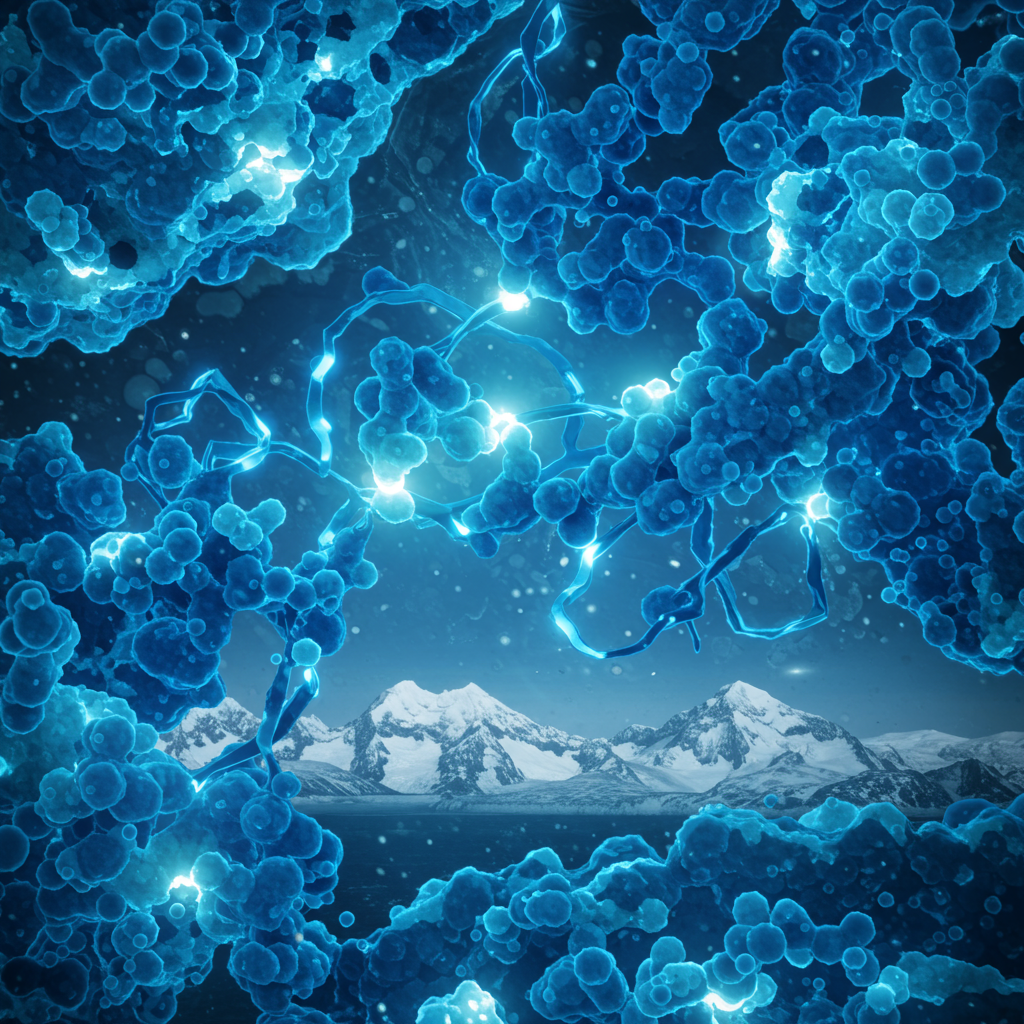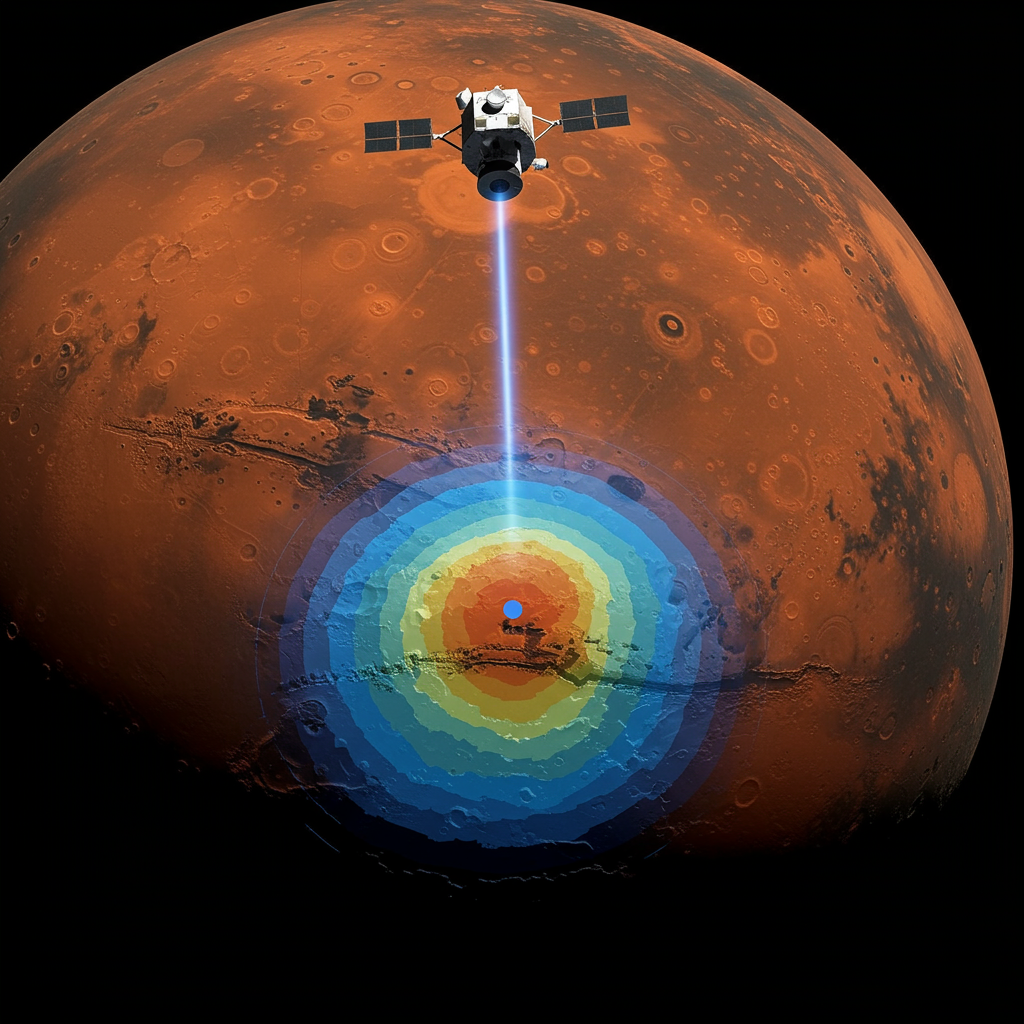For nearly a century, a remarkably complete ancient human skull lay hidden in a well in China. Nicknamed the ‘Dragon Man’ (after the region’s name, Longjiang, meaning ‘Dragon River’), this 146,000-year-old fossil initially ignited excitement as potentially representing a new, distinct human species, Homo longi. However, groundbreaking new research is challenging that classification, suggesting the skull belongs to one of the most enigmatic branches of our family tree: the Denisovans.
This reclassification is significant because, until now, Denisovans were known only from frustratingly sparse remains – a few teeth, a jawbone fragment, and a small skull piece. The Dragon Man skull could finally provide the first clear look at what these mysterious ancient relatives actually looked like.
From New Species to Denisovan: A Scientific Turn
When the ‘Dragon Man’ skull, discovered in the 1930s near Harbin, China, finally came to light in 2018, paleontologists initially relied on traditional methods to place it in the human family tree. Based on its unique physical characteristics – its morphology – it was proposed in 2021 to represent a brand new species, Homo longi.
However, relying solely on physical appearance can sometimes be misleading. Members of the same species can exhibit notable variations in their skeletons and features depending on factors like diet, lifestyle, and environment. This is where more advanced techniques become crucial.
Molecular Evidence Tells a Deeper Story
Paleontologist Qiaomei Fu and her team at the Chinese Academy of Sciences employed sophisticated molecular analysis to re-examine the Dragon Man skull. Extracting fragile ancient molecules from fossils is challenging, often yielding patchy or unusable results. But in this case, the team achieved astonishing success.
They managed to retrieve proteins from the skull’s dense petrous bone and, remarkably, found mitochondrial DNA preserved within dental calculus (calcified plaque) on the teeth. The discovery that human DNA was better preserved in the dental calculus than even in the dense bone suggests that this often-overlooked material could be an incredibly valuable source for genetic research on ancient hominins, particularly those from the Middle Pleistocene era.
Analysis of these ancient molecules painted a different picture than morphology alone. The molecular evidence suggested the individual was not as unique as the skull’s appearance initially implied, especially considering the lack of complete Denisovan skulls for comparison.
Specifically, the mitochondrial DNA showed a clear species-level relationship to at least five other known Denisovan individuals found across Siberia. Further protein analysis revealed amino acid fragments that were unmistakably Denisovan, with several being direct matches.
A Face for the Elusive Denisovans
Based on this compelling molecular data, Fu and her team concluded that the Dragon Man skull is highly likely the first known complete skull of a Denisovan individual.
While this potentially means farewell to Homo longi as a distinct species, it represents a monumental gain for paleoanthropology. The Denisovans, contemporaries of Neanderthals and early Homo sapiens, are known to have interbred with our ancestors, leaving genetic traces in modern human populations, particularly in Asia and Oceania. Yet, their physical appearance has remained a mystery due to the scarcity of fossils.
The Dragon Man skull finally provides crucial insight into what these significant ancient human relatives might have looked like, filling a major gap in our understanding of human evolution. It’s a fascinating twist that this vital piece of the puzzle, sought by scientists for years, was effectively hidden in plain sight for nearly a century after its initial discovery by a construction worker building a bridge over the ‘Dragon River’.
The research detailing these findings has been published in the prestigious journals Science and Cell, marking a significant update in the story of human origins.




